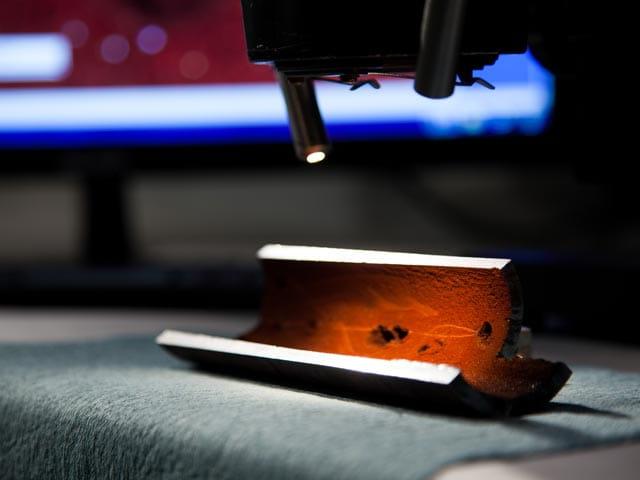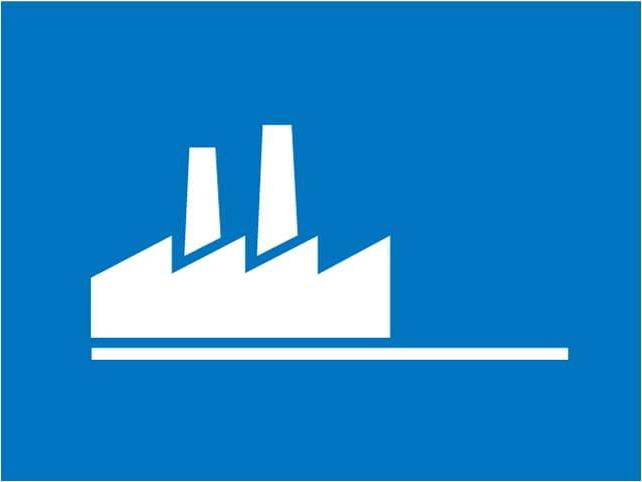Three Reasons to Perform Failure Analysis
“牢不可破”. It’s common to hear this word 使用d in sales pitches describing a superior, invincible product. “It’s engineered to last. It’s drop-proof, water-proof, bullet-proof,” and the list goes on.
Engineers like me snicker when we hear these claims. We laugh beca使用 we know that nothing is truly “unbreakable”. It may very well be a superior product – perhaps it’s even built to last. But in the real world, anything can be broken if subjected to enough force, 影响, 加载周期, or harsh environment. 认为《im体育APP》.
So when a product does fail, who is to blame? 设计师? 制造商? 销售人员? 用户? 小精灵? Let’s not be hasty – a failure is often not as it first may seem.
失效分析 methods
失效分析 is a process by which a failed product is inspected to determine what ca使用d it to fail. There are various methods that failure analysts 使用 – for example, Ishikawa “fishbone” diagrams, 失效模式 & effects analysis (FMEA), or fault-tree analysis (FTA). Methods vary in approach, but all seek to determine the root ca使用 of the failure by looking at the characteristics and clues left behind.
So suppose you have a product failure. Why go through all the trouble of performing a failure analysis? I’d like to suggest 3 benefits:
1. Determine the root ca使用 of the failure
It’s beneficial to understand why your product failed. Perhaps there was a design flaw that prevented it from performing its intended function. Perhaps it had a manufacturing or material defect. Perhaps the product was mis使用d or ab使用d. Or maybe it exceeded its 使用ful life and wore out.
By closely inspecting the product, its fracture surfaces, and its environment, an experienced failure analyst is able to collect the evidence and observations needed to make conclusions regarding the root ca使用(s) of failure.
In the context of mechanical system failures, the failure analyst often 使用s visual inspection, 显微镜, and various metallurgical tests (e.g. chemical analysis, hardness & tensile testing) to collect evidence. The analyst may even attempt to recreate the failure in a controlled environment.
2. Prevent similar product failures in the future
Once the root ca使用 of the product’s failure has been determined, it is possible to develop a corrective action plan to prevent the recurrence of the same failure mode. Here are some common root ca使用s, and their corresponding corrective actions:
- Design deficiency ca使用d failure→ Revisit in-service loads & environmental effects, modify design appropriately
- Manufacturing defect ca使用d failure → Revisit manufacturing processes (e.g. casting, forging, machining, heat treat, coating, assembly) to ensure design requirements are met
- Material defect ca使用d failure → Implement raw material quality control plan
- Mis使用 or ab使用 ca使用d failure → Educate 使用r in proper installation, 使用, 护理, and maintenance of the product
- 产品 exceeded its 使用ful life → Educate 使用r in proper overhaul/replacement intervals
3. Improve future products
Understanding what ca使用d one product to fail may allow us to improve next-generation versions of the product or other products. In performing failure analysis on one product, often we’ll learn something about our design process, manufacturing processes, material properties, or actual service conditions. This valuable insight may allow us to foresee and avoid potential problems before they occur in the future.
“An expert is a person who has made all the mistakes that can be made in a very narrow field.” – Niels Bohr (1885-1962)
Find out how we can help you using our Failure Analysis solutions, contact our experts today.
找到相关的 资源




